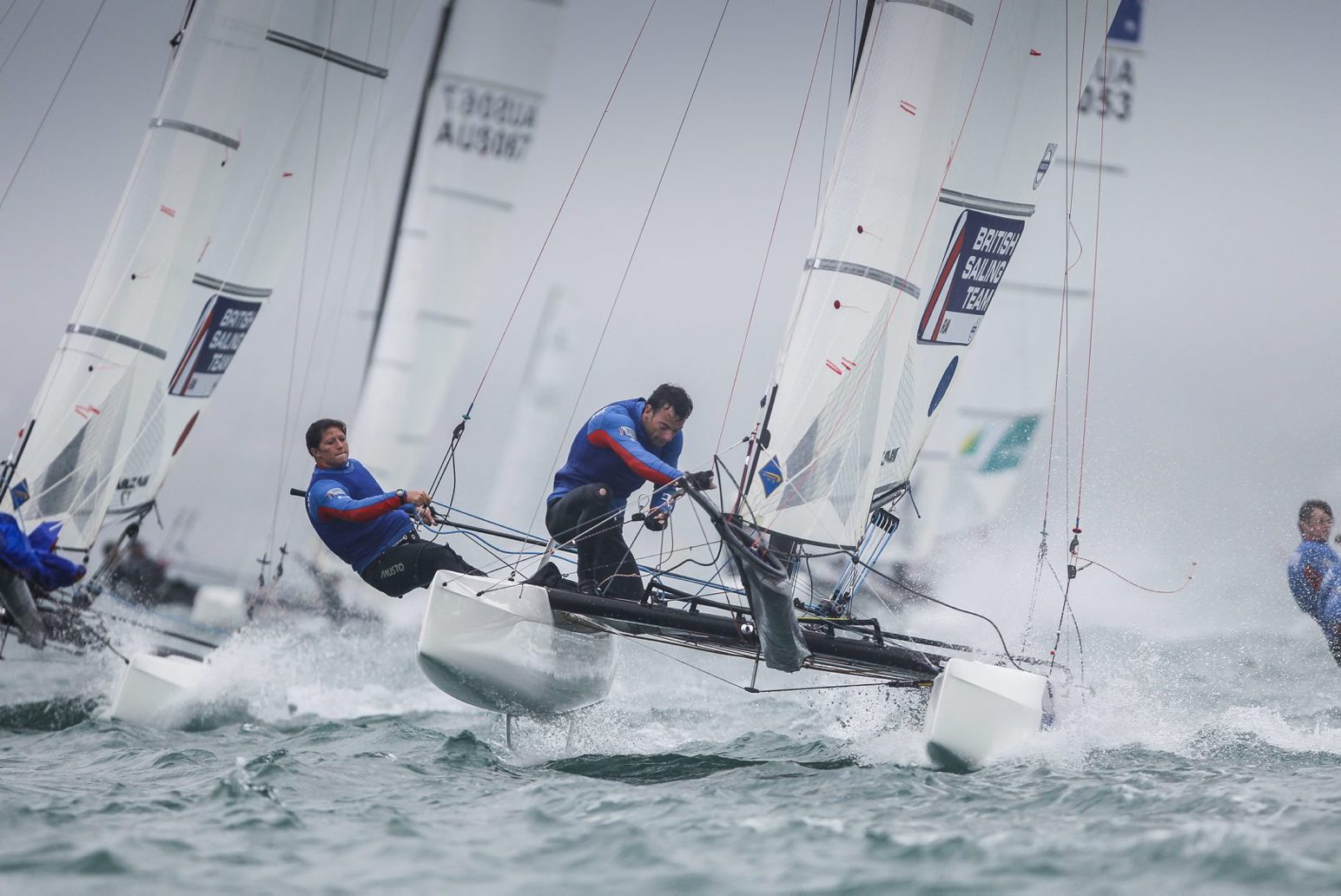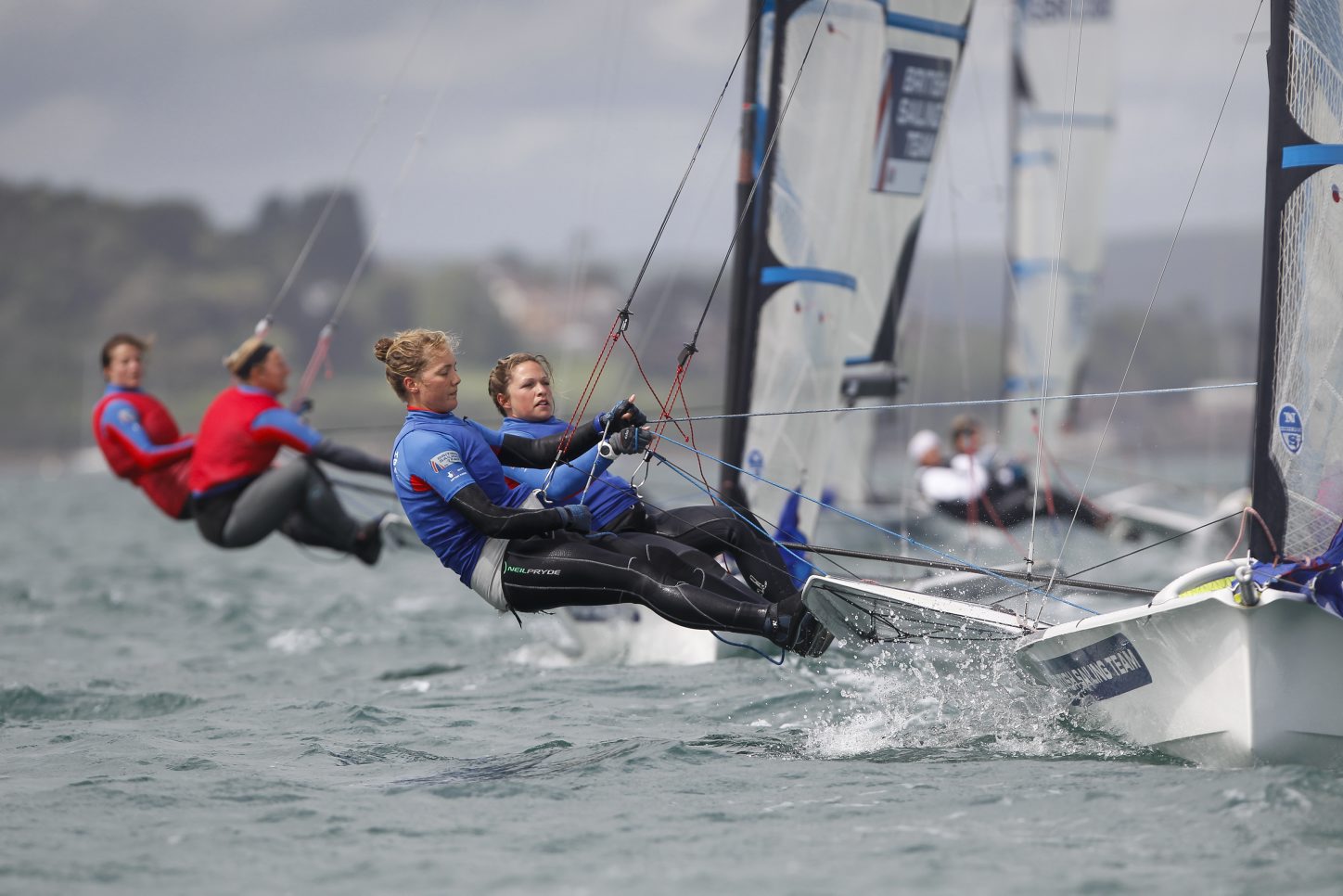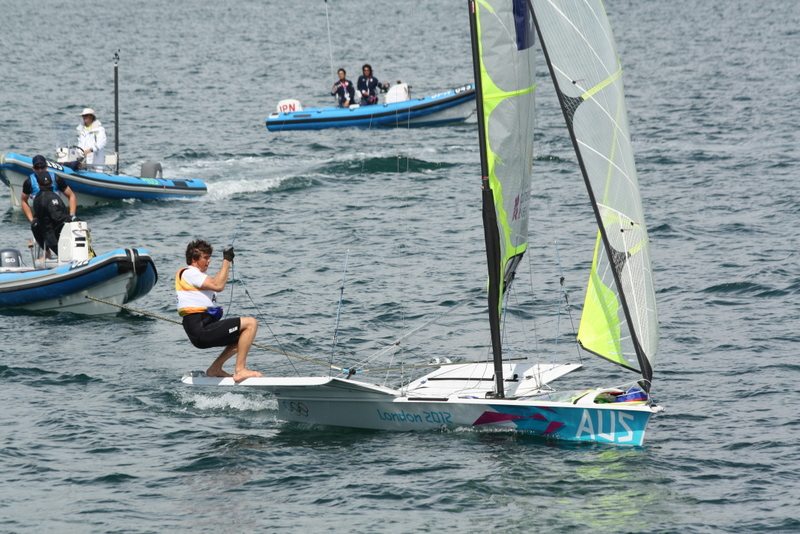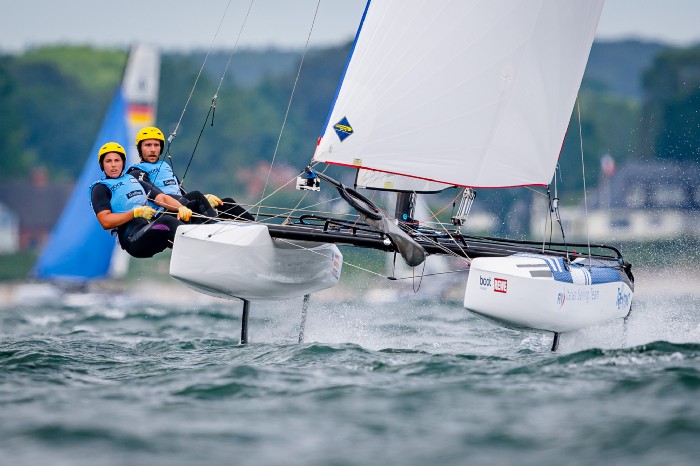“The English asked me if I could help them with starting up their Nacra campaign. They had good sailors, but were struggling to give body to the project until Palma. That became my job. I had to ensure that everything was going as we wanted to. We trained in England, Murcia and Palma, followed by the World Cup in Palma, where after we decided to continue for the rest of the season”, explains Paardenkooper.
How did you set up the project?
“The difficulty is the fact that boys and girls are put together. In addition, we have new boats and we don’t quite know how it all works. That is why we should split the approach into ‘what do we need for the Olympics’ and ‘what do we need to qualify the country at the World Championships in Santander’. You also have the in between stages of how do you get as much caliber as possible in your class? In England they already had four strong teams, which made it easier. However, you should make sure that they stay together. So, you look at the physical part of the preparations, what to do with the boats and at what events do we have to perform in order to get the funding from the federation. Like at the Worlds.”
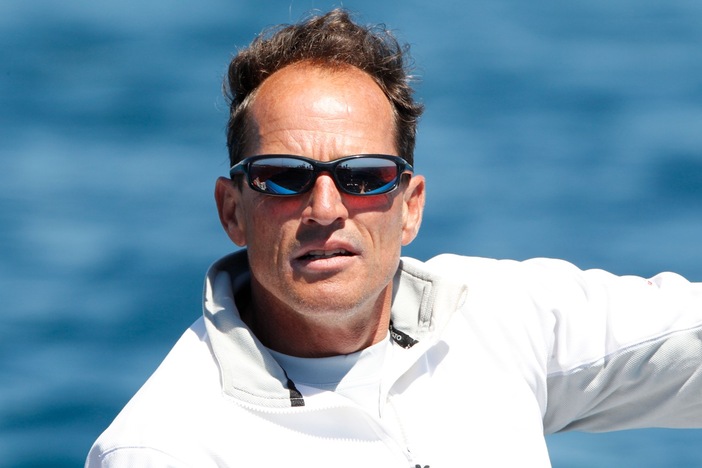
Maurice Paardenkooper
Did you bring in special expertise?
“Yes, we made use of skilled people from the cat scene. Also team member Tom Phipps with his substantial catamaran experience was a good help. Ruper White is another accomplished boy, who grew up in the world of cat sailing. Their help made it a little easier. Pippa Wilson and Lucy Macgregor, for example, knew not even how to rig up such a boat. If you don’t know anything, that makes it less complicated, as you have no knowledge and you just go for it. You learn really fast and you don’t have to get rid of any old habits. I thought that was very nice of the new people, because they had a different look at it all.”
How is it going so far?
“We are going really well at the moment. From the beginning we have said that we did not want heavy crews on the team on the road Rio. Initially we had some heavier boys leading the way, which makes it easier to learn. We now have fairly light teams and that’s just fine.”
“We are learning and testing out some things. That can also go wrong, which would leave strong sailors in the back of the fleet. We work with open data. Anyone knows of each other what we are doing to get better as soon as possible.”
Rotation system
Paardenkooper impressed the international sailing world with his Dutch Yngling project with three boats and nine sailors for Beijing 2008. He continually changed the compositions of the teams and this approach was awarded with a silver medal (won by Mandy Mulder, one of the top Dutch Nacra 17 sailors to date). When asked if he would have wanted to introduce that rotation system to the Nacra campaign, he replied: “That system only makes sense in training sessions and that is what we do now. It is meant to get to know the boat quickly and physically it is better. The girls are just less strong. It is a pity if you have to stop the whole team once the girls are tired. That makes it more necessary to change positions.”
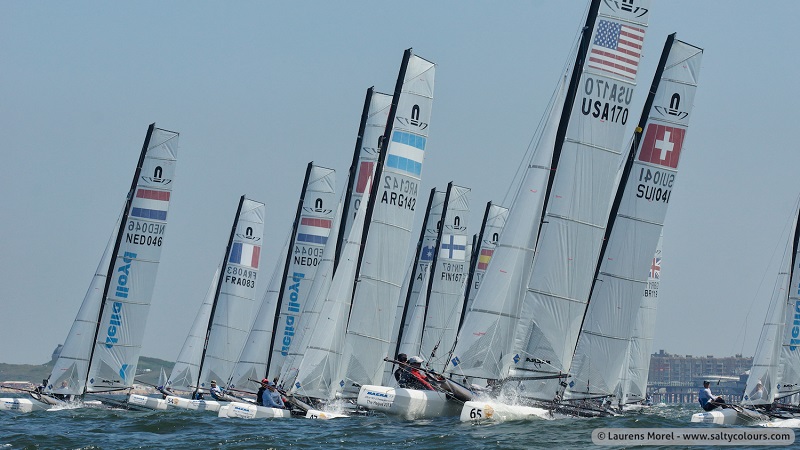
Nacra 17 Worlds 2013
What is your goal for the Nacra 17 Worlds 2013?
“In England we have trained specifically in waves. We try to gain as much experience in those conditions as possible, as we probably need it again in Santander. So it’s nice that we also get that in Scheveningen. Furthermore, I am very curious how we go in light air. The federation of course wants us to finish to top eight. We try to make the best of it and to learn the most of it.”
For more news from the Nacra 17 Worlds, go to nacra17class.com..

